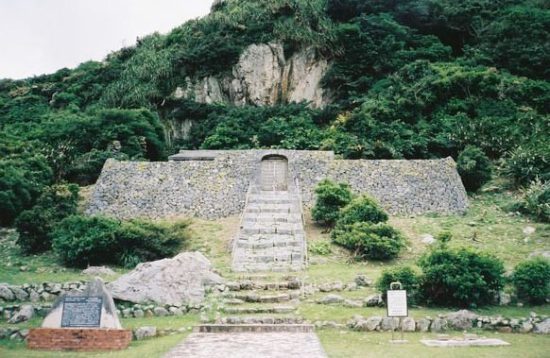

Why are there no ancient ruins in Japan? When we think of ancient ruins, our minds may conjure up images of the grand pyramids of Egypt or the towering ruins of Machu Picchu in Peru. However, when it comes to Japan, one may wonder why there seem to be no ancient ruins of such grandeur. In reality, Japan has a rich history and culture that stretches back millennia, so why are there no grand ruins to show for it?
Firstly, it is important to understand that the lack of visible ancient ruins in Japan does not mean that there were no ancient civilizations or cultures that existed there. In fact, Japan has a long and rich history that dates back over 10,000 years. There were many periods in Japanese history, including the Jomon period (14,000 BCE – 300 BCE), Yayoi period (300 BCE – 300 CE), Kofun period (300 CE – 710 CE), Asuka period (710 CE – 794 CE), Nara period (710 CE – 794 CE), Heian period (794 CE – 1185 CE), and so on. Each of these periods had unique characteristics, including their own artistic styles, religious practices, and political structures.
However, the lack of grand ruins can be attributed to a few factors. One of the most significant reasons is Japan’s geographic location. Japan is situated on the Pacific Ring of Fire, which is a region that is prone to earthquakes, volcanic eruptions, and other natural disasters.
As a result, many of the ancient structures and buildings that were constructed during Japan’s history were made of wood and other perishable materials, which did not withstand the test of time. This means that many of the ancient structures that were once present in Japan have been lost to history, either destroyed by natural disasters or dismantled and rebuilt over time.
Another reason for the lack of ancient ruins in Japan is due to the country’s traditional architectural style. Japanese architecture is characterized by its simplicity, functionality, and harmony with nature. Unlike other ancient civilizations that built grand structures and monuments, such as the Pyramids of Egypt or the Colosseum in Rome, Japanese architecture focuses on blending in with the surrounding environment rather than standing out from it. This means that many of the structures that were built during Japan’s history were not designed to be grand or monumental, but rather to serve a specific purpose within their communities.
In addition to Japan’s architectural style, the country’s cultural practices also played a role in the lack of ancient ruins. In Japan, there is a tradition of rebuilding and renovating structures on a regular basis. This practice, known as “shikinen sengu,” involves rebuilding a shrine or temple every 20 years to keep it in good condition and to renew the connection between the community and the spiritual world. This means that many of the structures that were built in ancient Japan were constantly being dismantled and rebuilt, making it difficult for them to stand the test of time and leaving few remnants for us to see today.
In conclusion, the lack of ancient ruins in Japan can be attributed to a combination of factors, including Japan’s geographic location, traditional architectural style, and cultural practices. While there may not be any grand structures or monuments like those found in other ancient civilizations, Japan has a rich history and culture that can still be explored through its art, literature, and traditions. From the intricate woodblock prints of the Edo period to the graceful movements of traditional Japanese dance, there are many ways to appreciate the beauty and depth of Japan’s ancient culture.




